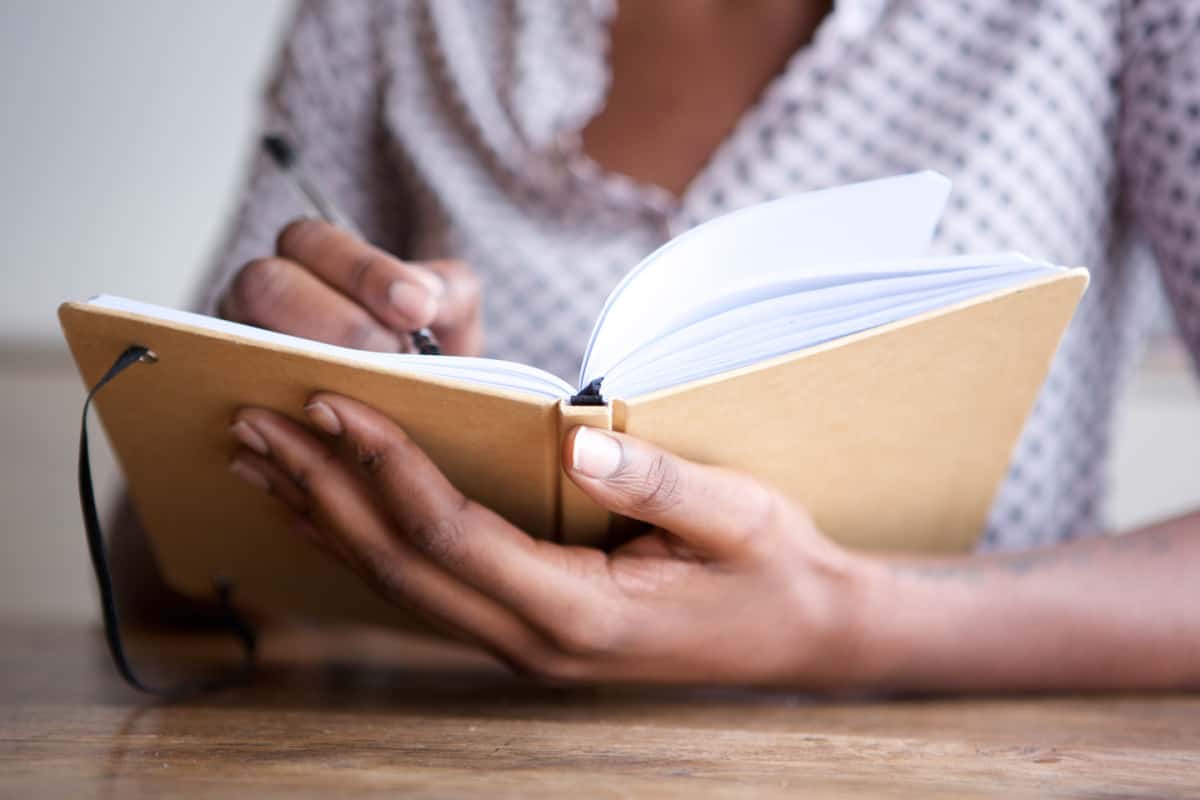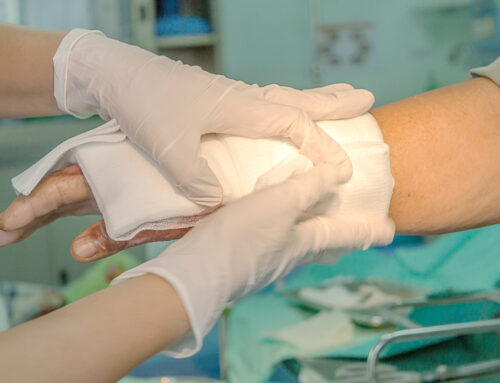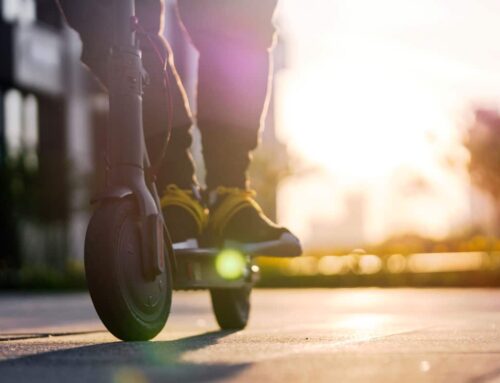Medical records are the primary source of evidence used to prove injuries and damages. The daily experiences of the person injured are also relevant to determine how much compensation the person should receive. Keeping a detailed record of how the injuries happened, the progress of treatment, and how the injuries are affecting daily activities can provide valuable corroboration for injury claims.
Damages That can be Recovered for Personal Injuries
A person injured by another can recover the monetary value of their injuries from the person responsible. The law in Louisiana states:
Every act whatever of man that causes damage to another obliges him by whose fault it happened to repair it.
The ‘repair’ will include the cost of the medical treatment necessary to attend to the injuries as well as the monetary value of the effect the injuries have on a person’s life. An injured person may recover money for experiencing any of the following because of their injuries:
- Lost earnings – can include expected future earnings
- Pain and suffering – to include mental or emotional anguish
- Limitations on the ability to enjoy life – no longer able to engage in former activities, are prevented from pursuing planned goals
Standard of Proof in Personal Injury Cases
Claimed injuries must be proven before a person becomes entitled to receive compensation. Claims are proven when there is a certain amount of evidence to support them. In personal injury cases, an injured person must prove their injuries by a ‘preponderance of the evidence’. This means there must be enough credible evidence in support of a claim to show that it is more likely than not to be true.
An injured claimant who can back up their claims with a written log describing the experiences as they are happening will appear more credible because they can point to specific dates, times, and experiences. A written account can also demonstrate the frequency of an experience and its severity which is important information for valuing the damages.
Why Keeping a Journal is more Persuasive Evidence of Injury
The truth is, there are people who will make self-serving claims about injuries in order to try and get more compensation than they may be entitled to. Insurance companies know this. When evaluating claims for damages such as pain and suffering from a car accident, the more believable the evidence establishing the existence of the injuries and how they affect daily living, the more credible the claim will be regarded.
Having a written log about an injury really helps an insurance company understand the injuries and how they have or will impact a person’s life. Recording experiences of pain, limitations of activities, and how a person is coping with the stress provides consistent documentation about the effects of an injury.
Written documentation is especially important where an injury is being claimed that is similar to a previous injury. It can be hard to try and distinguish the effects of a current injury from the lingering effects of a previous injury. Keeping track of the impact of a new injury will help to distinguish the current damage from any residual effects of an old injury.
Using Audio, Video, and Social Media to Document Injuries
Electronic devices can be very useful when establishing the nature and extent of claimed injuries as long as the information is collected legally. Recording a conversation can be a good way to document exactly what was said and give greater context to the words. Video footage is persuasive because seeing something makes it much easier to believe.
Regarding the legality of audio recordings, Louisiana is a one-party consent state. At least one participant in a recorded communication must consent to the recording for it to be a legal collection of information. Recording or transmitting a communication without the consent of a participant can be punishable by a large fine and imprisonment of up to 10 years of hard labor.
Legally recording the image of a person by electronic means does not require permission as long as the purpose for the recording is not sexually deviant and the person being recorded does not have an expectation of privacy.
Injured persons who post images on social media after claimed injuries can actually document injuries in ways unfavorable to their claims. In Ehrenberg vs. State Farm, the US District Court for the Eastern District of Louisiana held that if social media posts contain information relevant to the injury claims being made, the information can be compelled as evidence. Ehrenberg had claimed injuries that were inconsistent with her social media posts after the accident.
Information to Include in a Journal After an Injury

Ideally, keeping a journal about an injury will start right after it happens. It will begin with a description of the injury and how it occurred. It will include daily or frequent entries describing the effects of the injury and the progress toward healing.
Recording the following kinds of information about an injury can strengthen a personal injury claim:
- Amount of pain – Rate pain between 1 and 10, how often it occurs, and whether it is associated with particular activities.
- Limitations on activities – Describe the activities attempted and how the injury affected the ability to do them. Make a video if appropriate.
- Developing conditions – Describe related problems that have developed since the injury.
- Emotional condition – Describe feelings, moods, and mental struggles about dealing with the injury.
- Doctor visits – Describe the reason for the visit, the provider seen, and the prescribed treatment. Recording what was said during the appointment can help with later recall.
- Compliance with recommended treatment – Make sure to record instances of following the recommended medical treatment protocol.
- Refer to a picture or video – Pictures and videos can say much more than words.
When making journal entries keep in mind that this information is to be used for evidence. Entries should be factual and specific. When there is a previous injury to the same area, it can be helpful to note the condition before and after the more recent injury.
Getting to an acceptable settlement as quickly as possible in a personal injury case enables the person injured to move forward and get on with life. Providing credible evidence in support of injury claims is hard to argue against and makes the process of valuing damages less contentious. Keeping a journal after an injury can provide the kind of credible evidence that helps get a claim to a favorable settlement with less delay.
If you have suffered an injury, call the firm today at 504-526-2222 or contact us online so that you can set up a consultation.







